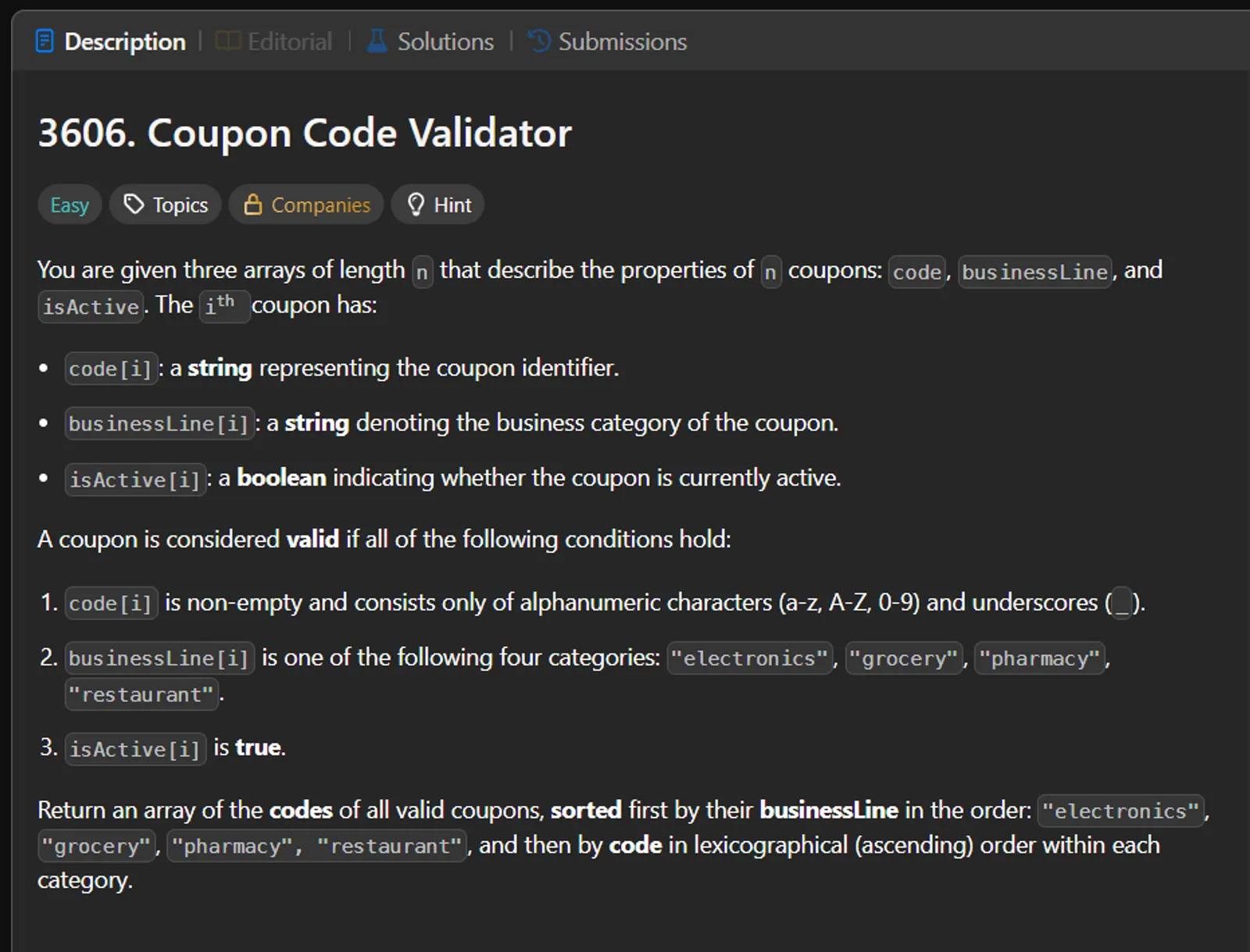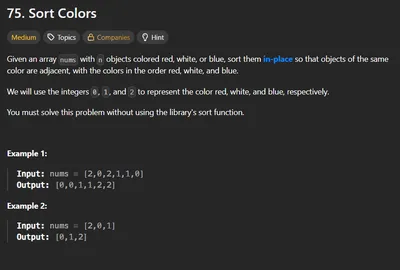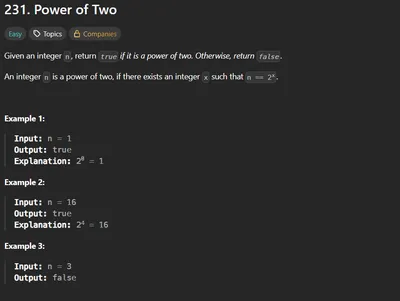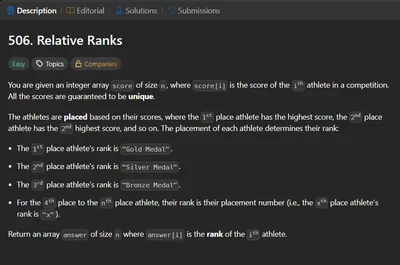📝 Introduction
We are given three arrays of length n describing the properties of n coupons:
code[i]: A string representing the coupon identifier.businessLine[i]: A string denoting the business category of the coupon.isActive[i]: A boolean indicating whether the coupon is active.
A coupon is valid if:
code[i]is non-empty and contains only alphanumeric characters (a-z, A-Z, 0-9) and underscores (_).businessLine[i]is one of the following:"electronics","grocery","pharmacy","restaurant".isActive[i] == true.
We must return an array of valid coupon codes, sorted first by businessLine in the order:
electronics → grocery → pharmacy → restaurantand then by code in lexicographical ascending order within the same category.
💡 Approach & Key Insights
-
Validation:
- Ensure
code[i]is not empty and contains only[a-zA-Z0-9_]. - Ensure
businessLine[i]is in the allowed categories set. - Ensure
isActive[i]istrue.
- Ensure
-
Sorting:
- Create a custom order mapping for categories:
electronics → 0, grocery → 1, pharmacy → 2, restaurant → 3
- Sort first by category order, then lexicographically by code.
- Create a custom order mapping for categories:
-
Output:
- Extract and return only the coupon codes from the valid list after sorting.
🛠️ Breakdown of Approaches
1️⃣ Brute Force / Naive Approach
- Explanation:
Loop over all coupons, validate each one, and store valid ones in a list. Sort using default string sorting and then reorder by category. - Time Complexity: O(n log n) — due to sorting.
- Space Complexity: O(n) — storing valid coupons.
2️⃣ Optimized Approach
- Explanation:
While validating, store valid coupons as pairs(businessLine, code).
Sort using a custom comparator that compares category order first, thencode. - Time Complexity: O(n log n) — sorting dominates.
- Space Complexity: O(n) — storing valid coupons.
Example:
code = ["SAVE20", "", "PHARMA5", "SAVE@20"]businessLine = ["restaurant", "grocery", "pharmacy", "restaurant"]isActive = [true, true, true, true]
Valid coupons after filtering:[("restaurant", "SAVE20"), ("pharmacy", "PHARMA5")]
After sorting by category order then code:[("pharmacy", "PHARMA5"), ("restaurant", "SAVE20")]
Output: ["PHARMA5", "SAVE20"]📊 Complexity Analysis
| Approach | Time Complexity | Space Complexity |
|---|---|---|
| Validation | O(n) | O(n) |
| Sorting | O(n log n) | O(n) |
📌 Example Walkthroughs & Dry Runs
Example 1:
Input:code = ["SAVE20", "", "PHARMA5", "SAVE@20"]businessLine = ["restaurant", "grocery", "pharmacy", "restaurant"]isActive = [true, true, true, true]
Valid after filtering:[("restaurant", "SAVE20"), ("pharmacy", "PHARMA5")]
Sorted:[("pharmacy", "PHARMA5"), ("restaurant", "SAVE20")]
Output:["PHARMA5", "SAVE20"]Example 2:
Input:code = ["GROCERY15", "ELECTRONICS_50", "DISCOUNT10"]businessLine = ["grocery", "electronics", "invalid"]isActive = [false, true, true]
Valid after filtering:[("electronics", "ELECTRONICS_50")]
Output:["ELECTRONICS_50"]🔗 Additional Resources
Author: Kailash Senthilkumar
Date: 09/08/2025



